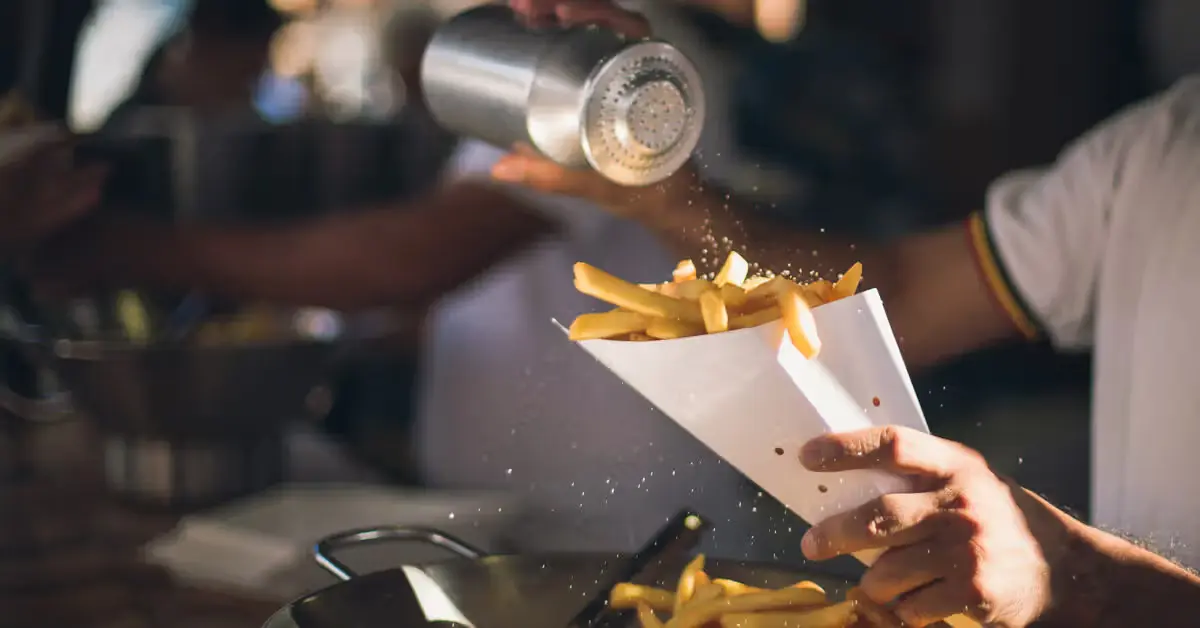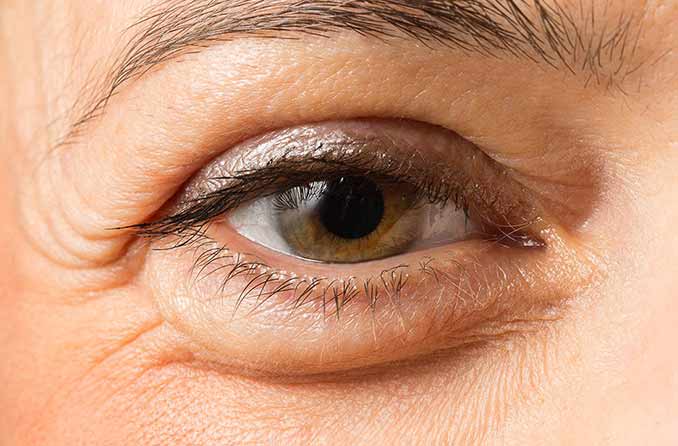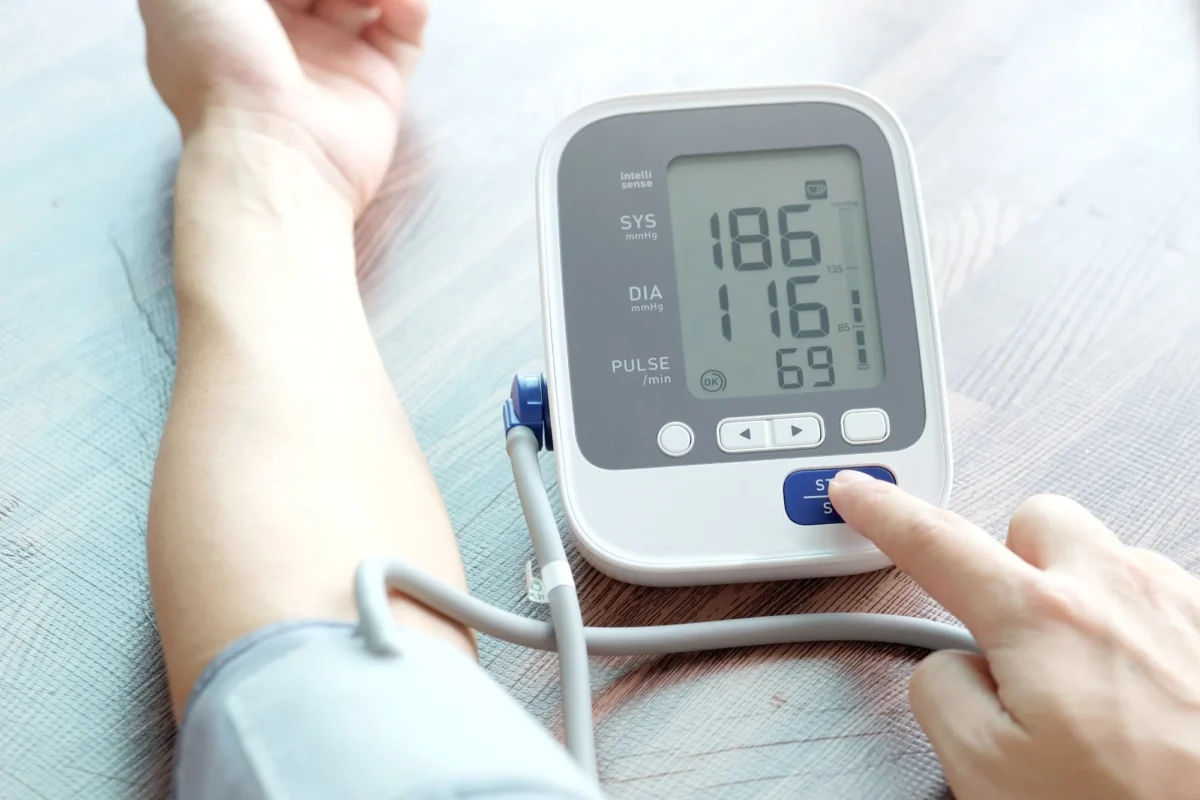What happens if you eat too much salt in one sitting – Salty Surprise: Imagine You eat a whole bag of chips really fast, and the next day, you wake up looking like a deflated balloon – eyes all puffy, fingers swollen, and feeling super thirsty, like you’re in the middle of the desert. That’s what happens when you have too much salt!

What Is Salt?
Salt is like a tasty helper for your food. it can increase the taste of foods we eat that also keeps it fresh and act as a preservative. Salt is made up of about 60% chloride and 40% sodium. Most natural foods, like veggies, fruits, nuts, meats, whole grains, and dairy, have low amounts of sodium. The salt we eat does cool things for our bodies, like helping muscles move, sending signals to our nerves, and keeping our minerals and water balanced.
The importance of sodium for the body
The Sodium Balancing Act: Why This Mineral Matters (But Too Much Can Hurt)
Sodium. It’s the mineral that makes fries irresistible, but its role in the body goes far beyond flavor enhancement. Like a skilled tightrope walker, sodium maintains a delicate balance within us, crucial for everything from our muscles to our mood.
Sodium is crucial for our bodies to stay healthy and function properly. It plays a vital role in various essential bodily functions:
Fluid Balance
Sodium helps regulate the balance of fluids in and around our cells. This balance is crucial for maintaining proper hydration and preventing dehydration.
Nerve Function
Sodium is essential for nerve impulse transmission. It helps send signals between nerve cells, allowing communication throughout the nervous system. This is critical for various bodily processes, including muscle contractions and responses to stimuli.
Muscle Contraction
Sodium works alongside other electrolytes, such as potassium and calcium, to facilitate muscle contractions. This is fundamental for basic movements, including those of the heart muscle.
Blood Pressure Regulation
Sodium is a key component in regulating blood pressure. It works in tandem with potassium to maintain a proper balance. Too much sodium and too little potassium can contribute to high blood pressure, which is a risk factor for cardiovascular diseases.
Nutrient Absorption
Sodium helps in the absorption of certain nutrients, such as glucose and amino acids, in the small intestine. This aids in the proper utilization of these nutrients for energy and various bodily functions.
How Much Salt Do You Need?
Our bodies only need a little bit of salt, around 1,500 milligrams a day. But many Americans end up having way more, about 3,400 milligrams on average. Having too much salt can cause problems like strokes, heart disease, and high blood pressure. Wondering if you’re having too much?
What happens if you eat too much salt in one sitting ?
Ever had a snack frenzy and ended up eating a whole bag of pretzels or jerky without thinking? Afterwards, you might have gotten a headache and suddenly wanted to drink a lot of water. Well, it turns out that our taste buds can sometimes lead us to not-so-healthy choices, even if they taste good.
What happens if you eat too much salt in one sitting?
Short-Term Effects:
Water Retention and Bloating
hen you eat too much salt, your body tries to balance things out, and it holds onto more water. It’s like a sponge soaking up water. This extra water gets stored in different parts of your body, causing you to feel bloated and puffy. [What happens if you eat too much salt in one sitting?].
Here’s how it happens:
- Sodium Attracts Water: Salt is made up of sodium, and sodium loves water. When you consume too much salt, the sodium in your body holds onto water like a magnet.
- Fluid Retention: The extra sodium in your system makes your body retain more fluid than it actually needs. This excess fluid is stored in various tissues, leading to puffiness and swelling.
- Effects on Eyes: The skin around your eyes is sensitive. When there’s too much fluid retention, it can cause the skin to puff up, leading to those puffy eyes.
- Swollen Ankles: The same fluid retention can happen in your legs and ankles. This is why you might notice your ankles looking swollen after consuming a lot of salt.
- Feeling Bloated: All this extra water hanging around in your body can make you feel heavy and bloated. It’s like your body is holding onto more than it needs, and you sense that as a general feeling of puffiness.
Reducing salt intake helps your body maintain a better balance, and you’re less likely to experience the uncomfortable effects of too much fluid retention. Drinking plenty of water can also help flush out excess sodium and reduce the puffiness over time.[What happens if you eat too much salt in one sitting?].

Thirst and Dehydration
When there’s too much sodium in your body, it’s like having too much salt in a small bowl of soup. To make things less salty, your body tries to dilute the extra sodium by holding onto more water. This process is a bit like adding more water to that salty soup to make it taste better.
As your body holds onto more water to balance out the salt, you start feeling thirsty. It’s like your body is saying, “I need more water to help dilute all this salt!” Thirst is the signal that your body is sending to let you know it’s trying to fix the salty situation.
So, when you feel really thirsty, it’s your body’s clever way of asking for more water to help balance out the extra sodium. Drinking water helps in diluting the concentration of salt in your body and keeps things in the right balance. It’s like giving your body the right tools to make that salty soup just perfect! [What happens if you eat too much salt in one sitting?].
Headache and Muscle Cramps
Imagine your body is like a team working together, and electrolytes are the players that help the team function smoothly. Electrolytes, such as sodium, potassium, and calcium, play a crucial role in various bodily functions, including muscle contractions and nerve impulses.
Now, if there’s an imbalance in these electrolytes, it can lead to issues like headaches and muscle cramps. Here’s how:
- Dehydration and Sodium Imbalance: When you’re dehydrated or have too much sodium (salt) and not enough water, it can throw off the balance of electrolytes in your body. This can lead to a headache. Think of it like the team missing a key player – things don’t work as well.
- Potassium and Muscle Function: Potassium is another important electrolyte. It helps muscles contract and relax properly. If there’s not enough potassium, your muscles might cramp up and feel tight, causing discomfort.
- Calcium and Nerve Signals: Calcium is essential for nerve signals and muscle contractions. An imbalance in calcium levels can lead to disrupted nerve signals, potentially causing headaches and muscle cramps.
- Exercise and Sweating: When you exercise, you sweat, and along with the sweat, you lose electrolytes. If you don’t replenish them by drinking water or consuming electrolyte-rich foods, it can lead to imbalances and result in headaches or muscle cramps.
To avoid these issues, it’s important to stay hydrated, maintain a balanced diet with adequate electrolytes, and be mindful of your body’s needs during activities like exercise. If headaches and muscle cramps persist, it’s a good idea to consult with a healthcare professional to rule out any underlying issues.[What happens if you eat too much salt in one sitting?].
Digestive Issues
When it comes to eating, sometimes our digestive system can react in ways that make us feel not-so-great. Some people might experience symptoms like nausea, diarrhea, or an upset stomach.
Here’s a quick look at why this can happen:
- Excess Fiber: Eating a lot of fiber-rich foods, like fruits and veggies, can be healthy, but for some, it may lead to stomach upset or diarrhea, especially if they’re not used to it.
- Spicy or Greasy Foods: Spicy or greasy foods can irritate the stomach lining, leading to nausea or digestive discomfort in some individuals.
- Food Sensitivities: Some people have sensitivities or intolerances to certain foods, such as lactose or gluten, which can cause digestive issues like diarrhea or stomach discomfort.
- Overeating: Eating too much in one sitting can overwhelm the digestive system, causing feelings of nausea or discomfort.
- Hydration: Not drinking enough water can also contribute to digestive problems, leading to issues like constipation.
If you notice these symptoms regularly, it’s a good idea to pay attention to what you eat and how your body reacts. Everyone’s digestive system is unique, and certain foods or habits that cause issues for one person may not affect another in the same way. If digestive problems persist or worsen, consulting with a healthcare professional can help identify any underlying issues or sensitivities.[What happens if you eat too much salt in one sitting?].
Long-Term Risks:
What happens if you eat too much salt in one sitting?
High Blood Pressure:
Too much salt can raise blood pressure, a major risk for heart disease. Excess sodium leads to water retention, increasing blood volume and pressure. This strain damages arteries and makes the heart work harder. Chronic high blood pressure can contribute to heart attacks and strokes.
Reducing sodium intake is crucial for maintaining a healthy blood pressure. It’s not just about adding less salt; processed foods often have high sodium. Choosing fresh, whole foods and cooking at home helps control sodium intake. Balancing diet supports heart health and lowers the risk of cardiovascular issues.[What happens if you eat too much salt in one sitting?].
Being mindful of sodium is vital for a heart-healthy lifestyle. Consulting with a healthcare professional is advised for personalized guidance..

Heart Disease and Stroke
Chronic hypertension, characterized by persistently elevated blood pressure, poses a significant threat to cardiovascular health, increasing the risk of heart attacks and strokes. The continual pressure exerted on arterial walls weakens them over time, making them susceptible to damage. This damage sets the stage for the development of plaques—fatty deposits that can accumulate within the arteries. When these plaques rupture, blood clots may form, obstructing vital blood vessels.
In the heart, this obstruction can result in a heart attack by depriving the cardiac muscle of oxygen. Similarly, in the brain, blood clots from damaged vessels can lead to strokes. Moreover, hypertension’s detrimental impact extends to the kidneys, contributing to kidney disease. Effectively managing hypertension through lifestyle modifications, such as a low-sodium diet and regular exercise, along with appropriate medications, is crucial for minimizing the risk of heart attacks and strokes. [What happens if you eat too much salt in one sitting?].
Stomach Cancer:
High intake of salt has been associated with an increased risk of stomach cancer. Consuming excessive salt over an extended period may lead to chronic inflammation and damage to the stomach lining. This prolonged irritation can contribute to the development of gastric ulcers and increase the likelihood of cancerous changes in the stomach cells.
Salt-preserved foods, a common dietary source of high sodium, have been linked to a higher incidence of stomach cancer. Additionally, salt can act as a catalyst for the colonization of Helicobacter pylori bacteria, known to be a risk factor for stomach cancer. Limiting salt intake and opting for a balanced diet with fresh, unprocessed foods can play a role in reducing the risk of stomach cancer associated with high sodium consumption. [What happens if you eat too much salt in one sitting?].

Kidney Issues:
Excessive salt intake can contribute to kidney issues due to the intricate relationship between sodium and the kidneys. High salt levels force the kidneys to work harder to filter the excess sodium from the blood. This increased workload may lead to persistent kidney strain and potential long-term damage. Over time, the kidneys’ ability to regulate fluid balance and blood pressure may be compromised, raising the risk of hypertension and kidney disease.
High salt levels can also contribute to the formation of kidney stones by altering the balance of minerals in the urine. To safeguard kidney health, it’s crucial to moderate salt intake, opting for a balanced diet rich in fresh, whole foods and staying adequately hydrated
How to Cut Down on Salt?
To reduce salt intake and mitigate the risks associated with high consumption, practical steps can be taken. First, limiting processed foods is crucial, as they often contain hidden salt. Reading labels on packaged items helps identify sodium content. Opting for herbs and spices for flavor instead of excessive salt enhances taste without the health risks. Cooking at home allows better control over ingredients and salt levels. Additionally, choosing low-sodium alternatives when available further supports a heart-healthy approach to nutrition.
For adults, a recommended daily sodium intake limit is 2,300 milligrams. However, for those with certain health conditions or at higher risk, such as individuals over 50 or those with hypertension, the recommended limit may be even lower at 1,500 milligrams.
Since 9 out of 10 Americans get too much sodium, chances are, you might take in too much as well.
To help keep your levels in check:
- Choose fresh meats instead of packaged ones.
- When you buy frozen vegetables, choose ones that are “fresh frozen” and stay away from ones with seasoning or sauces already added.
- Read labels and check the sodium content in the foods you buy.
- When choosing spices and seasonings, go for ones that do not list sodium on their labels.
- If you eat out, you can ask for your dish to be prepared without salt.
To track sodium intake effectively, consider using apps or tools designed for nutritional tracking. Apps like MyFitnessPal, Lose It!, or the USDA’s SuperTracker can help monitor daily sodium consumption. These tools provide insights into food choices, helping individuals make informed decisions to stay within their recommended sodium limits. Regularly tracking sodium intake can contribute to better health outcomes and assist in achieving dietary goals.
Conclusion:
What happens if you eat too much salt in one sitting?
Salt plays a crucial role in essential bodily functions such as fluid balance, nerve transmission, and muscle contractions. However, it’s vital to strike a balance, as excessive salt intake can lead to health risks like high blood pressure and heart disease. Embracing a balanced approach involves being mindful of salt content in processed foods, reading labels, and choosing whole, fresh ingredients. By understanding both the importance of salt and the dangers of overconsumption, individuals can maintain a healthy equilibrium for overall well-being. Making informed choices empowers a lifestyle that appreciates the benefits of salt without compromising health.
Take control of your health by embracing a balanced approach to salt intake. Be proactive in understanding the salt content in your diet, opt for fresh and whole foods, and read labels wisely. To delve deeper into healthy eating practices or receive personalized guidance, consider consulting with a healthcare professional or a nutrition expert. Small changes today can lead to significant improvements in your long-term well-being. Empower yourself with knowledge and make informed choices for a healthier and happier life.
What happens if you eat too much salt in one sitting?
Also read:
Brain Hack: 6 Neuroscience secrets to Unlock the learning faster
Join WhatsApp channel: Stay updated on pharmaceutical job opportunities, walk-in interviews, industry news, events, and pharma guidelines by joining our WhatsApp channel today.